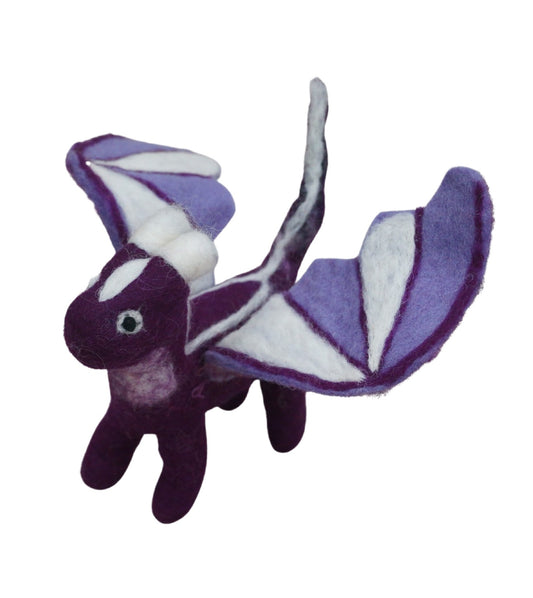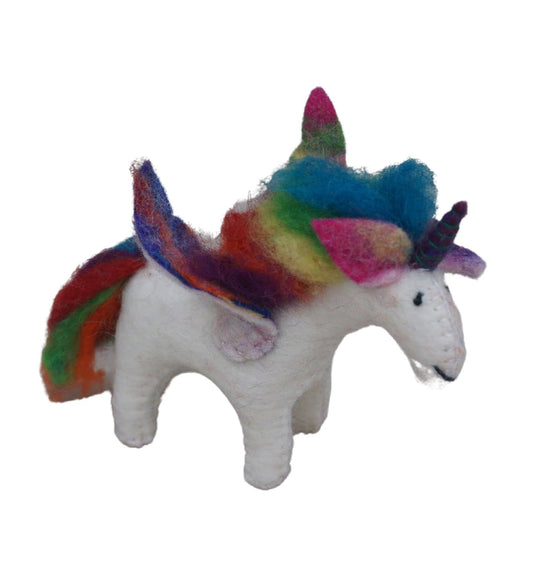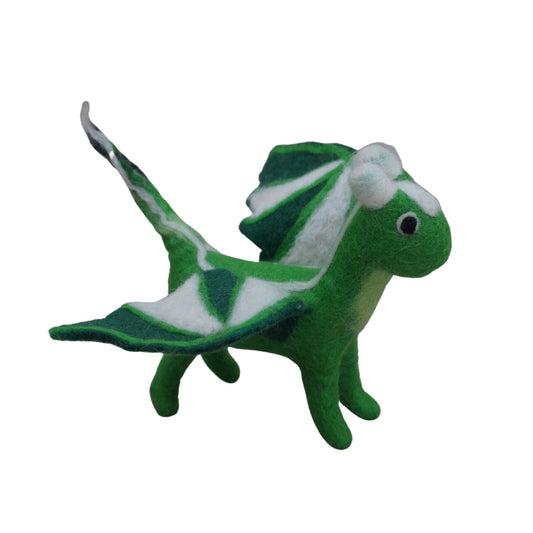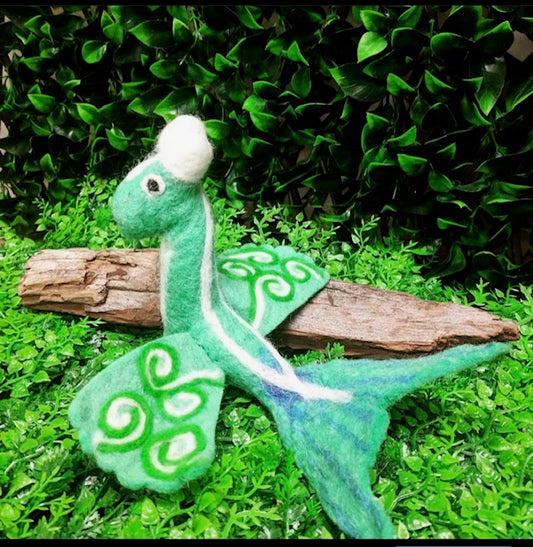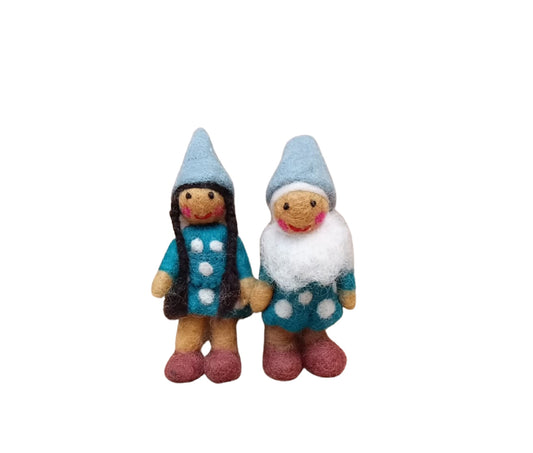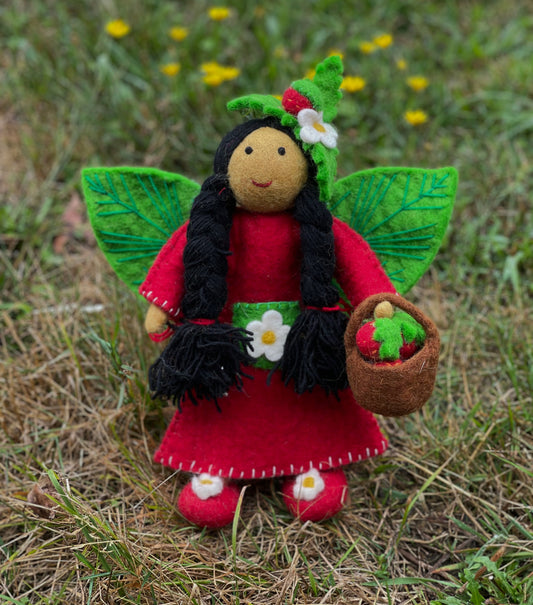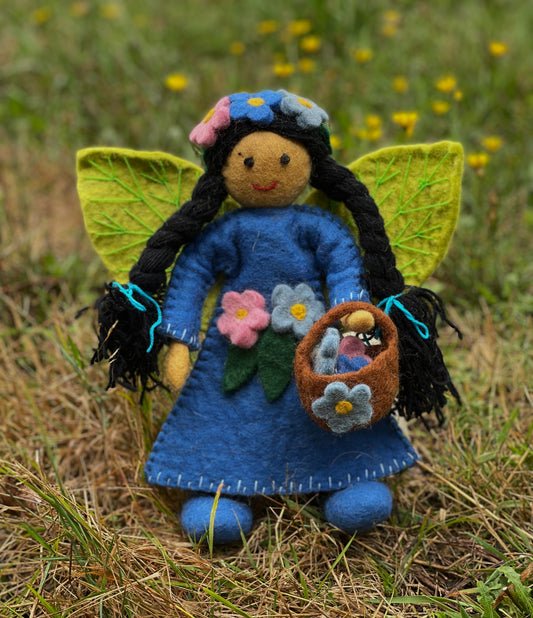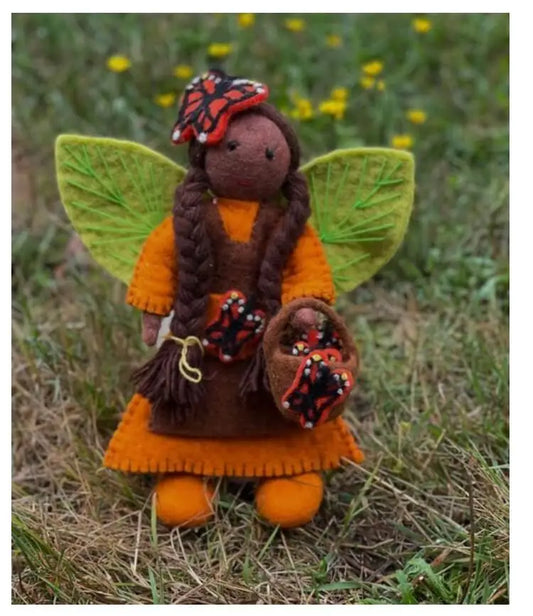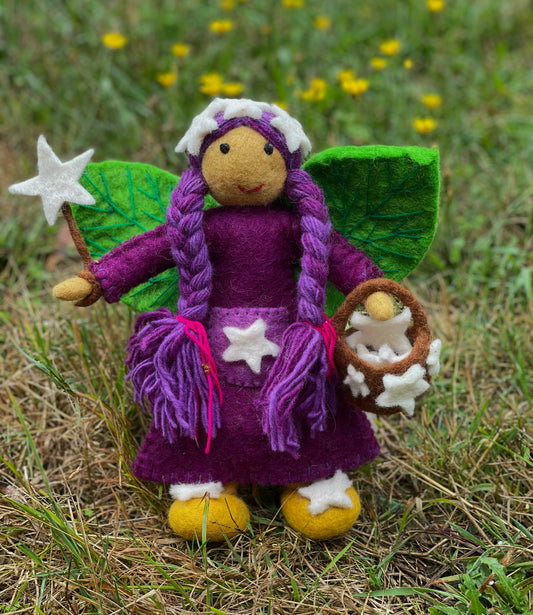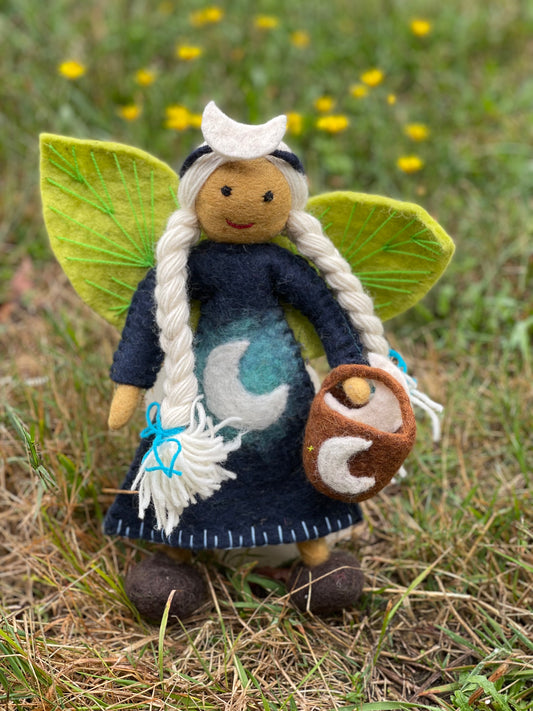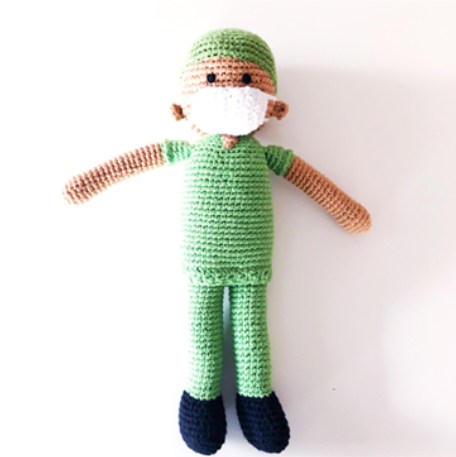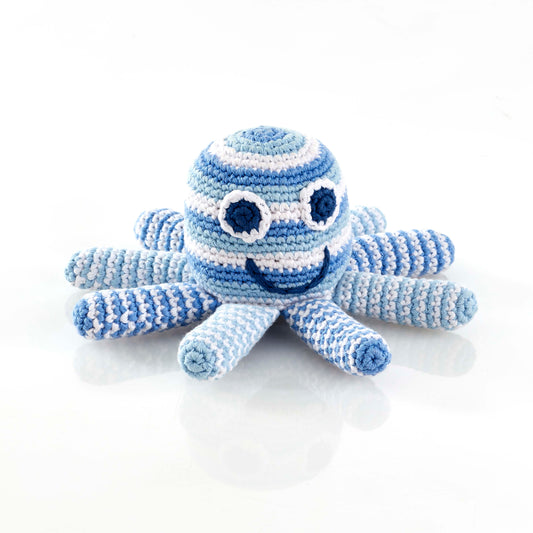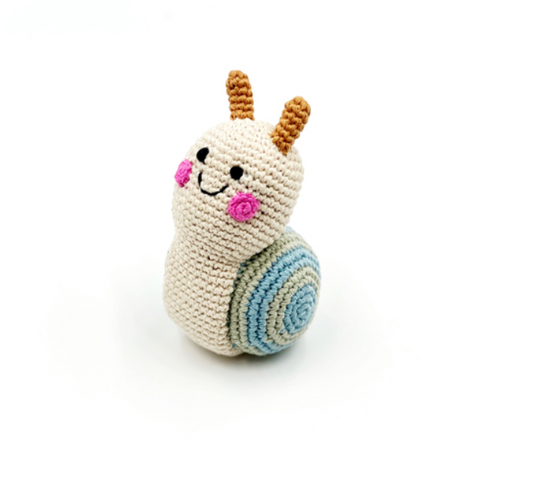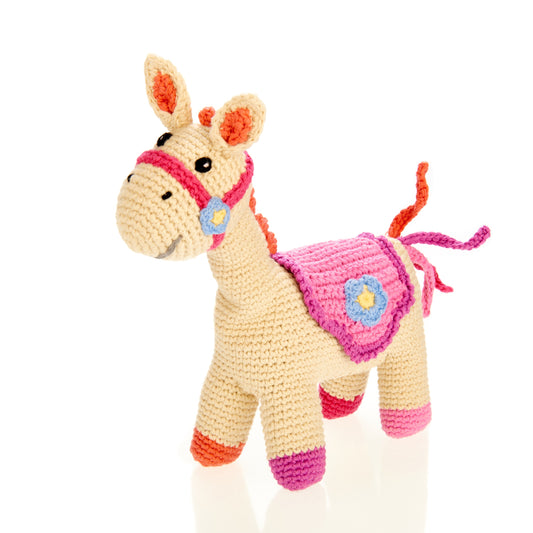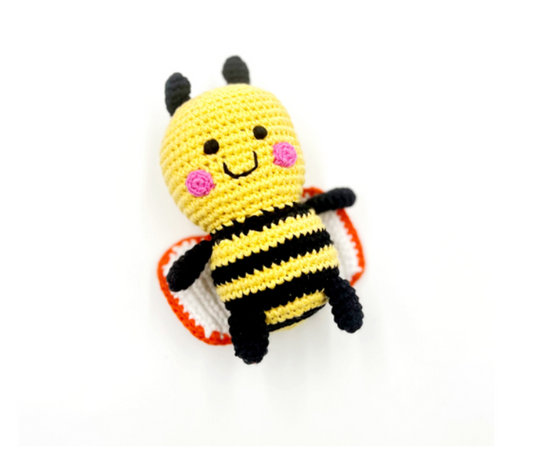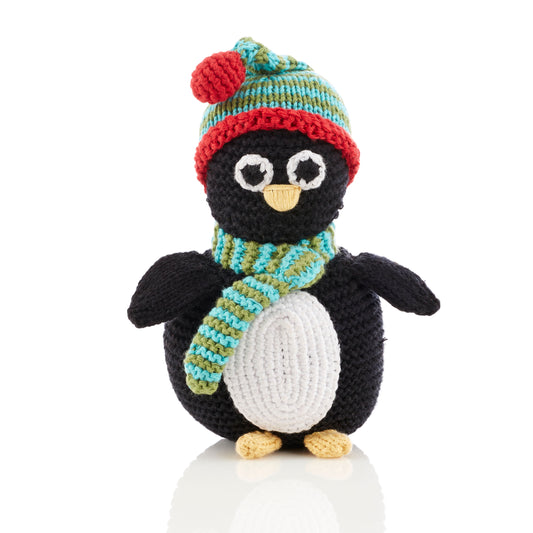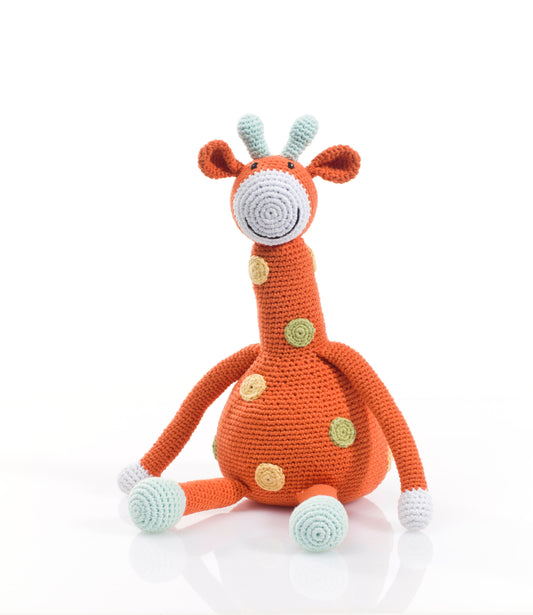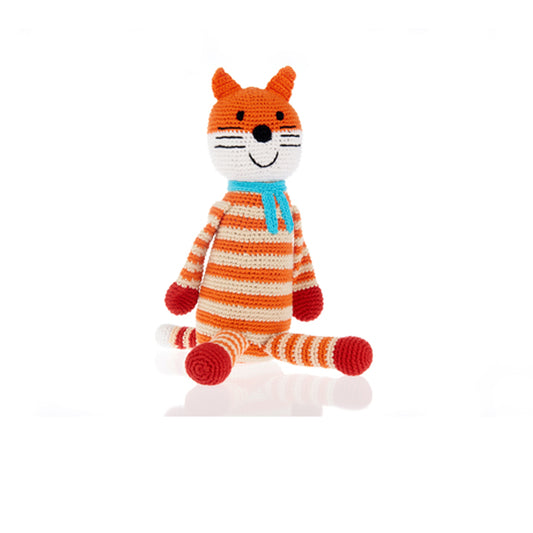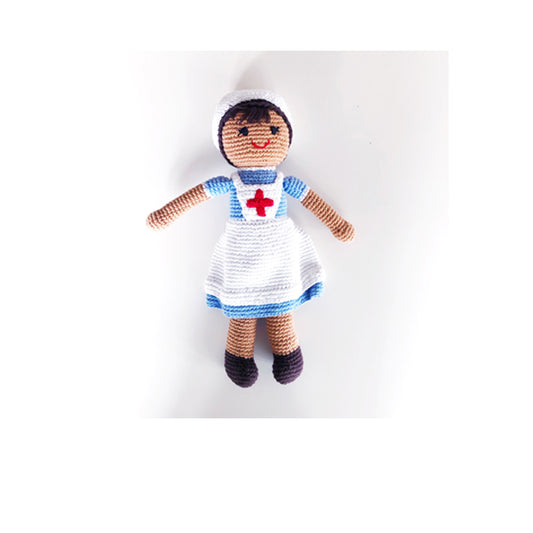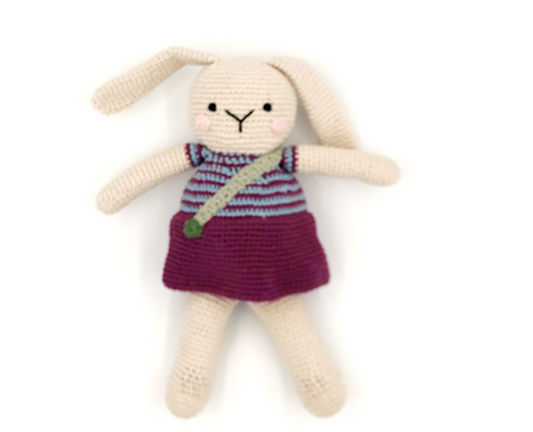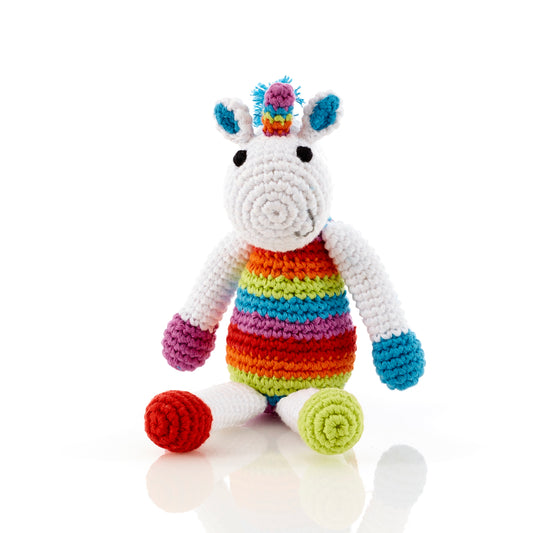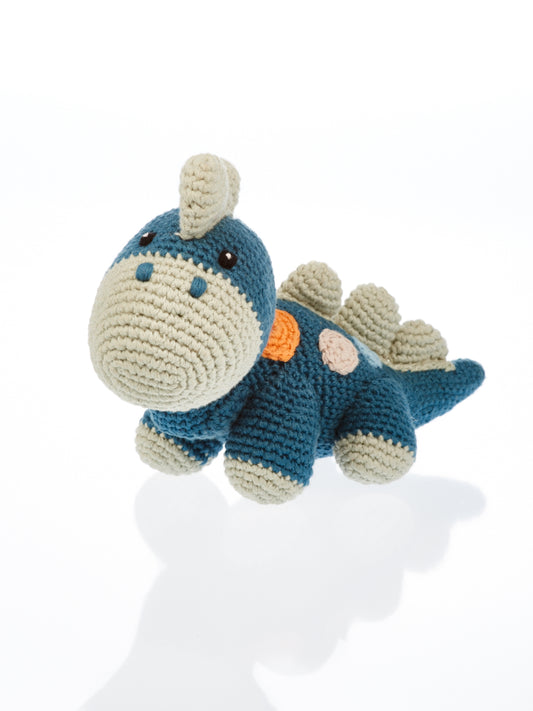-
章鱼毛绒玩具(带摇铃)
常规价格 $19.90常规价格单价 单价 -
马毛绒玩具(带拨浪鼓)
常规价格 $29.90常规价格单价 单价 -
大黄蜂毛绒玩具(带摇铃)
常规价格 $19.90常规价格单价 单价 -
企鹅毛绒玩具(带摇铃)
常规价格 $29.90常规价格单价 单价 -
长颈鹿毛绒玩具(带摇铃)
常规价格 $32.90常规价格单价 单价 -
兔女郎毛绒玩具(紫色)
常规价格 $33.90常规价格单价 单价 -
彩虹独角兽毛绒玩具(带摇铃)
常规价格 $22.90常规价格单价 单价 -
恐龙毛绒玩具(带摇铃)
常规价格 $28.90常规价格单价 单价
毛绒玩具和游戏 Price List
| Toys & Games | Price |
|---|---|
| 紫龙毛绒玩具 | $29.90 |
| 彩虹独角兽毛绒玩具 | $19.90 |
| 绿龙毛绒玩具 | $18.90 |
| 海龙毛绒玩具 | $20.90 |
| 手工娃娃:蘑菇精灵 | $22.90 |
| 手工仙女娃娃:草莓 | $34.90 |
| 手工仙女娃娃:开花 | $34.90 |
| 手工仙女娃娃:蝴蝶 | $34.90 |
| 手工仙女娃娃:蜜蜂 | $34.90 |
| 手工仙女娃娃:银河 | $34.90 |
This data was last updated on 01/12/2026
毛绒玩具是婴儿心爱的伴侣,提供舒适、温暖和安全感。这些可爱的伙伴在婴儿的早期发育中发挥着重要作用,可以成为珍贵的纪念品。婴儿毛绒玩具经过专门设计,安全、温和,适合他们的娇嫩需求。它们通常由低过敏性且不含有害化学物质的柔软面料制成,确保婴儿的健康。
婴儿毛绒玩具的一个重要特征是它们的毛绒。它们通常填充有低过敏性和无毒的材料,形成柔软、粘稠的质地,非常适合依偎和拥抱。毛绒玩具的轻柔触感可以起到舒缓和镇静的作用,促进婴儿放松并改善睡眠。毛绒玩具还可以刺激婴儿的感官发育。许多毛绒玩具具有不同的纹理,例如光滑、毛茸茸或罗纹织物,有助于婴儿探索和发展触觉。婴儿可以抓握、挤压和操纵这些玩具,从而促进精细运动技能和手眼协调能力。
毛绒玩具通常有各种形状和设计,包括动物、人物和物体。这些玩具可以让婴儿认识不同的形状、颜色和图案,刺激他们的视觉发育和识别能力。此外,毛绒玩具可以在发挥想象力的游戏中发挥作用。婴儿可以通过与毛绒玩具交谈和互动来进行假装游戏,从而促进语言发展和创造力。
为婴儿选择毛绒玩具时,安全性至关重要。寻找接缝牢固、没有可拆卸小部件、可机洗且易于清洁的玩具。定期检查毛绒玩具是否有磨损迹象至关重要,以确保它对婴儿来说是安全的。毛绒玩具在婴儿心中占有特殊的地位,提供舒适、陪伴和感官刺激。它们不仅仅是玩具;它们成为婴儿幼年时期的珍贵伴侣,提供欢乐、舒适和安全感。FAQ's
How to Choose Best Soft Toys for Babies & Kids?
When choosing the best soft toys for babies and kids, there are several factors to consider:
- Safety: Prioritize safety by selecting soft toys that are free from small parts, have securely stitched seams, and meet safety standards. Ensure that the toy is age-appropriate and doesn't pose a choking hazard.
- Material: Opt for soft toys made from hypoallergenic and non-toxic materials. Look for fabrics that are gentle on a baby's skin and easy to clean.
- Size and Texture: Choose soft toys that are appropriate for the age and development of the child. For babies, consider smaller-sized toys that are easy to grasp. Explore different textures to provide sensory stimulation.
- Durability: Select soft toys that are well-made and durable, as they will endure frequent play and washes. Look for reinforced stitching and quality materials.
- Age Appropriateness: Consider the age and developmental stage of the child when choosing a soft toy. Select toys that align with their interests, abilities, and safety guidelines.
- Washability: Babies and kids can be messy, so choose soft toys that are machine washable or easy to clean. This ensures that the toys remain hygienic and safe for play.
- Purpose and Engagement: Consider the purpose of the soft toy. Does it provide comfort, promote learning, or encourage imaginative play? Choose toys that engage the child's interest and stimulate their development.
- Reviews and Recommendations: Read reviews and seek recommendations from other parents or trusted sources to gather insights on the quality, safety, and durability of soft toys.
How to Clean Soft Toys and Remove Germs?
Cleaning soft toys regularly is important to maintain their cleanliness and remove germs. Here are some steps to effectively clean soft toys:
It's worth noting that some soft toys may have electronic components or batteries that are not washable. In such cases, follow the manufacturer's instructions for cleaning or consider spot cleaning and using surface disinfectants.
- Read the Label: Check the care instructions on the toy's label, if available. Follow any specific washing or cleaning recommendations provided by the manufacturer.
- Spot Cleaning: For small stains or spills, gently spot clean the affected areas using a mild soap or detergent and a damp cloth. Avoid saturating the toy to prevent damage.
- Machine Washing: If the toy is machine washable, place it in a pillowcase or laundry bag to protect it. Use a gentle cycle and mild detergent. Wash similar-colored toys together and avoid mixing them with other laundry items.
- Hand Washing: For delicate or non-machine washable soft toys, hand wash them in a basin or sink with mild soap and warm water. Gently scrub the toy and rinse thoroughly.
- Drying: After washing, remove excess water by gently squeezing or blotting the toy with a clean towel. Allow it to air dry completely in a well-ventilated area. Avoid using a dryer unless specifically stated in the care instructions.
- Sanitizing: To remove germs and bacteria, consider using a fabric-safe disinfectant spray or wipe. Follow the instructions on the product for safe usage and allow the toy to air dry afterward.
- Regular Maintenance: Establish a routine of regular cleaning for soft toys, especially those that are frequently used or handled by babies or young children. Consider washing or sanitizing them every few weeks or as needed.
It's worth noting that some soft toys may have electronic components or batteries that are not washable. In such cases, follow the manufacturer's instructions for cleaning or consider spot cleaning and using surface disinfectants.

